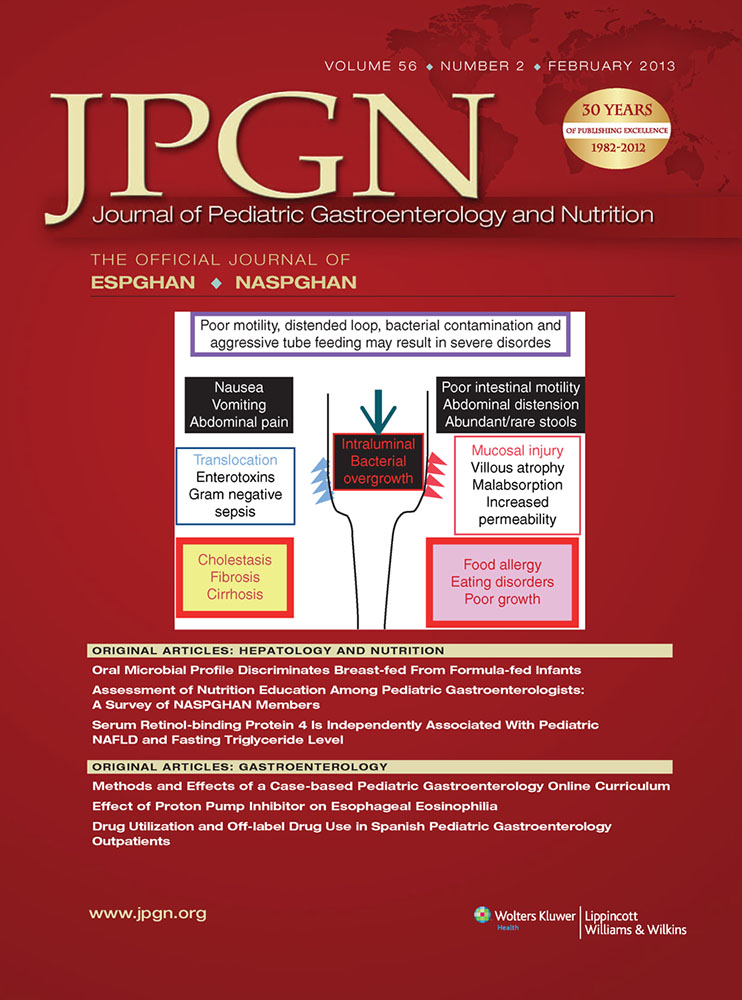Constipation in Children With Neurofibromatosis Type 1
The study was supported by Aarhus University of Denmark, the Neurofibromatosis Type 1 Patient Association, Denmark. http://www.nfdanmark.dk/, and Maria Dorthea and Holger From, Haderslev's Foundation.
The authors report no conflicts of interest.
ABSTRACT
Background and Objectives:
Neurofibromatosis type 1 (NF1) is a hereditary, heterogenic, and multiorganic disease. The NF1 phenotype shows great variability in expressivity and often includes symptoms from the central and peripheral nervous systems. Bowel symptoms have been reported, but gastrointestinal function in NF1 remains to be described in detail. In this first systematic study of bowel function in children with NF1, we aimed to investigate symptoms of constipation and test the hypotheses that children with NF1 have abnormally large rectum and prolonged colonic transit time (CTT).
Methods:
A total of 20 children with NF1 (age 8.2 ± 2.4 years) were evaluated with medical history; clinical examination; digital rectal examination; bowel and dietary diaries; Rome III criteria; measurement of rectal diameter by transabdominal ultrasound; and radiographic estimation of CTT. The control group for assessment of rectal diameter comprised 23 healthy children (mean age 9.1 ± 2.7 years).
Results:
A total of 6 children with NF1 (30%) were constipated according to Rome III criteria. Average rectal diameter was significantly larger than for healthy children (32.9 ± 7.2 mm vs 21.4 ± 5.9 mm, P < 0.0001). Median CTT in NF1 children was 53 hours (range 26–101). Compared with existing normative data, CTT was prolonged (>84 hours) in 3 (19%).
Conclusions:
Symptoms of constipation were surprisingly common in children with NF1. Correspondingly, rectal diameters were abnormally large and a higher proportion than expected had prolonged CTT. The underlying pathophysiology remains obscure, but we hypothesise that abnormalities of the enteric nervous system or disturbed cellular growth could be present.




